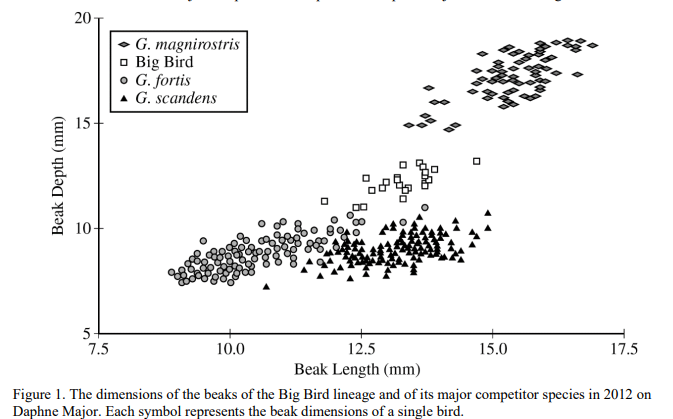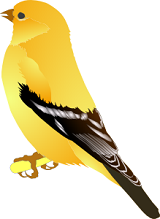
The Theory of Evolution by Natural Selection
Charles Darwin, a renowned scientist and naturalist, introduced the groundbreaking theory of evolution in the 19th century. Darwin's theory challenged prevailing beliefs and forever changed our understanding of the natural world. Through careful observation and extensive research, Darwin proposed that species evolve over time through a process called natural selection.
He suggested that individuals with advantageous traits are more likely to survive and reproduce, passing on these favorable traits to future generations. This gradual and continuous process leads to the formation of new species and the diversity of life on Earth. Darwin's theory of evolution had a profound impact on scientific thought and continues to be the foundation of modern biology.
Selected Essays for Assessments
This assignment can be modified or the questions can be used as part of a unit assessment. Assigning all of the essays can be overwhelming, but useful for prompting discussions and developing a more in depth understganding of the topics.
Essays can be developed as a group, where students discuss the topic and develop their essays or lead a class discussion. Alternatively, students can post on learning management systems, like Google Classroom.
1. Does evolution through natural selection produce "better" organisms in an absolute sense? Are we climbing the Scala Naturae? Defend your answer
2. The idea of special creation and the study of fossils have each had an impact on evolutionary thought. Discuss why one is considered a scientific endeavor and the other not scientific.
3. In what sense are humans currently acting as "agents of selection" on other species?
Name some organisms that are favored by the environmental changes humans cause.
4. Describe the three types of natural selection.
Which type(s) are mores likely to occur in stable environments and which type(s) in rapidly changing environments? Defend your answer.
5. What is sexual selection? How is sexual selection similar to and different from other forms of natural selection?
6. By the 1940's the Whooping Crane population had been reduced to under 50 individuals. Thanks to conservation measures, their numbers are now increasing. But what special evolutionary problems do the Whooping Cranes have after passing through a population bottleneck?
7. Do phyletic speciation and divergent speciation coincide with the gradualism and punctuated equilibrium models of evolution? Defend your answer
8. Why do you suppose there are so many endemic species on islands? (Endemic means "found nowhere else") Why have an overwhelming majority of recent extinctions occurred on islands?
9. In southern Wisconsin there are several populations of gray squirrels with black fur. Design a study to determine if they are actually a separate species. Explain why it is difficult to gather data about speciation events.
10. Describe the evolutionary trends of primates - from early primates to humans. Include in your discussion such features as binocular vision, grasping hands, bipedal locomotion, social living, tool making, and brain expansion
11. Explore how ecological interactions, such as predation and competition, contribute to the process of evolution. Use specific examples to support your explanation.
12. In 1981, The Big Bird lineage became reproductively isolated from G. fortis on Daphne Major.
a) Describe one prezygotic mechanism that likely contributed to the reproductive isolation of the Big Bird lineage from G. fortis.
b) Based on the data in Figure 1, explain why the Big Bird population has been able to survive and reproduce on Daphne Major.

 Evolution Resources for AP Biology
Evolution Resources for AP Biology
Slides: 18a Origins | 18b Speciation | 18c Evidence
Slides: Evolution of Populations| Guided Notes
Anole Lizard Temperature (CER)
Evolution and Chernobyl Tree Frogs
Lizards in a Hurricane | Slides
Virginia Opossum Latitude Variations | Slides